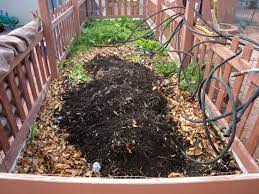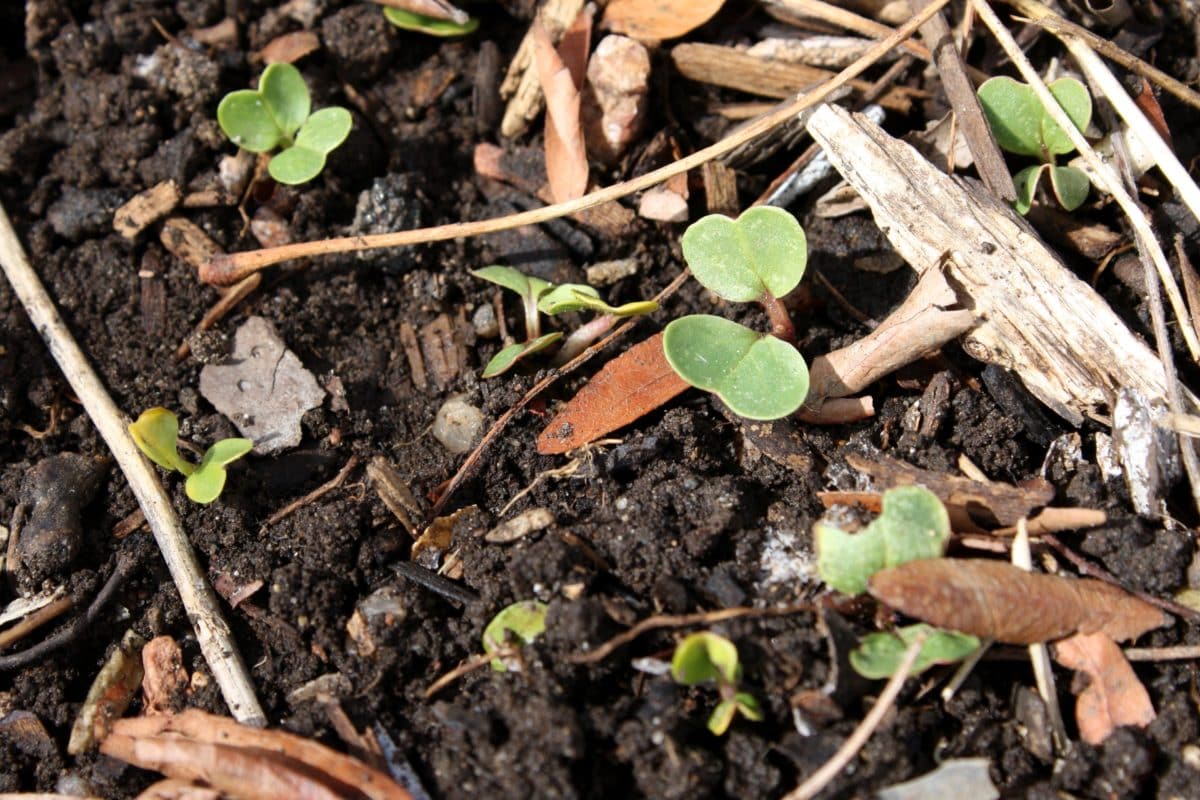You can put almost anything in your compost! Your household waste (raw fruit and vegetable scraps, fireplace ashes, etc.) and your garden waste (dead leaves, grass clippings, etc.).
That said, some elements should be avoided at all costs when making your compost, while others will boost it. Here’s an overview.
Elements to avoid or even ban from your compost
Peelings and bark
It is strongly advised against putting in your compost:
– potato or pear peels, which can carry diseases;
– plants that can carry diseases, such as roses or fruit trees;
– Citrus peels, which contain a natural insecticide that prevents rapid decomposition;
– Weeds in your garden can grow back.
Good to know: you can eventually put your citrus peels in the bin, but only if you cut them into tiny pieces.
Animal waste
It is also not recommended to put:
– fish waste, especially bones;
– meat waste, especially bones.
This will avoid attracting small or large carnivores such as rats, cats, dogs, etc.
Elements to boost your compost
Small elements for an easy degradation
Some elements or packaging can accelerate composting:
– The smaller the items you put in, the faster the composting.
– Mowing leaves, for example, helps them decompose. Consider doing this if you want your compost to be more active.
– You can also add grass clippings to enrich your compost.
– Nettle manure accelerates the decomposition of the compost.
Note: The diversity of waste makes compost the best organic fertilizer.
Cardboard: the key to good compost
Putting pieces of cardboard between the layers of compost is very beneficial:
– Cardboard keeps the compost warm and allows for faster decomposition;
– heat is essential for the excellent development of bacteria and, therefore, for a favorable action of the compost;
– if the compost is too dry, the bacteria die, and only the fungi continue to work, which makes your compost of poor quality;
– Aeration is also an essential factor: otherwise, your composting will be slow, partial, and smelly.
Note: to check that it is sufficiently humid, plunge your hand into your compost and see if droplets appear.
There are 3 composting processes: the composter, vermicomposting, and the compost heap.
3 types of composters
The composter is the container that allows the formation of compost. Several solutions are available to you:
– The compost bin: bought in large stores, made of wood or plastic, it is probably the most economical solution for small areas. It costs about 50 dollars.
– The rotary composter allows you to make compost more quickly, about six months but remains a relatively expensive solution, more than a hundred dollars, compared to conventional composters.
– The vermicomposter allows you to create compost thanks to the intervention of worms that help decompose the waste.
Whatever the solution you choose:
– The composter must be placed on the ground to allow the composting process.
– It must be more or less open to allowing the air necessary for the compost to circulate.
– It must have an easy access opening to facilitate the waste placement.
– It must have a trap door to collect the mature compost from the bottom.
Good to know: The trap door is unnecessary if one side opens completely. Start with a 400 L composter to estimate the amount of waste you have to compost.
Choosing the right location for the composter

The choice of the location of the composter is essential. Think about the practicality and aesthetics to avoid neighborhood disputes. Place the composter:
– away from bad weather,
– away from outside eyes,
– close to your house.
It is not mandatory to place it at the bottom of your garden. Placing it next to your house is more beneficial if you regularly throw away your kitchen waste.
If the compost bin you bought in the store is more valuable than aesthetic, you can always cover it with climbing plants or make a wooden compost cover with boards.
Which composter for my needs?
Choosing a composter is not easy. Some information is good to know.
– The compost bin:
o In plastic, the compost bin is generally green or black, from 400 to 600 l, recommended for surfaces of 500 m² maximum.
o In wood, the models are often made of autoclaved pine, treated in the heart of the wood to allow the structure to resist the wet and hot composting process. The capacities are also from 400 to 600 l.
– The vermicomposter is recommended for balconies or indoors because the waste is less critical.
– The rotary composter has a smaller capacity, about 100 l, but it allows to make compost more quickly.
Price of a composter
Here is a comparative table of the different prices of composters.
|
Compost bin |
Vermicompost bin |
Rotary composter |
|
|
Plastic |
$50 to $100 |
$80 to $150 |
$100 to $300 |
|
Wooden |
$50 to $300 |
Starting at $50 |
— |
